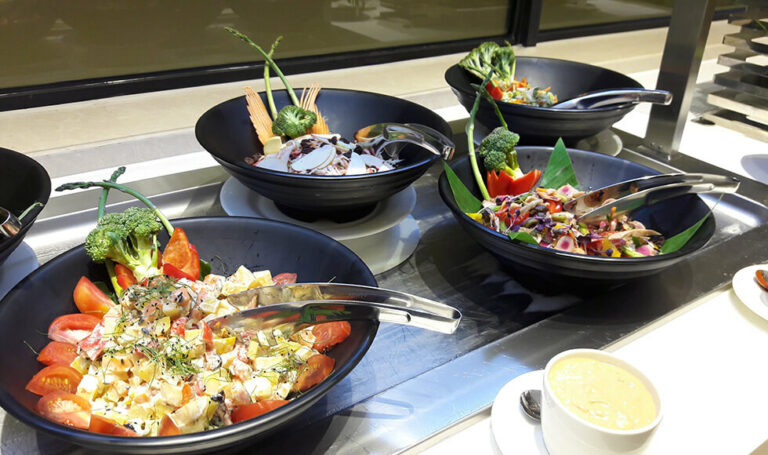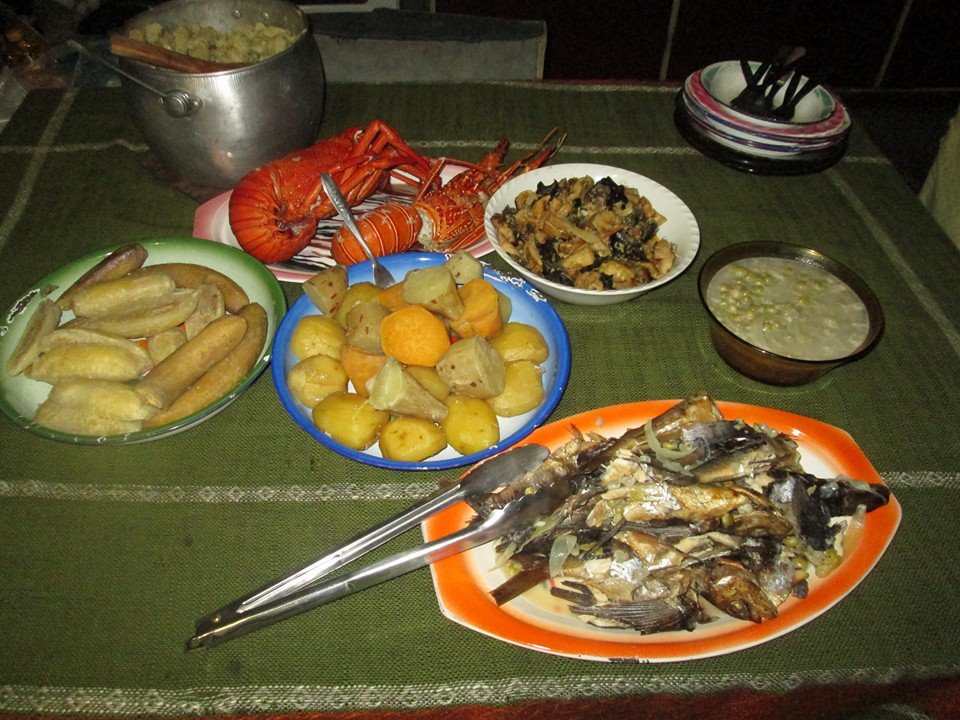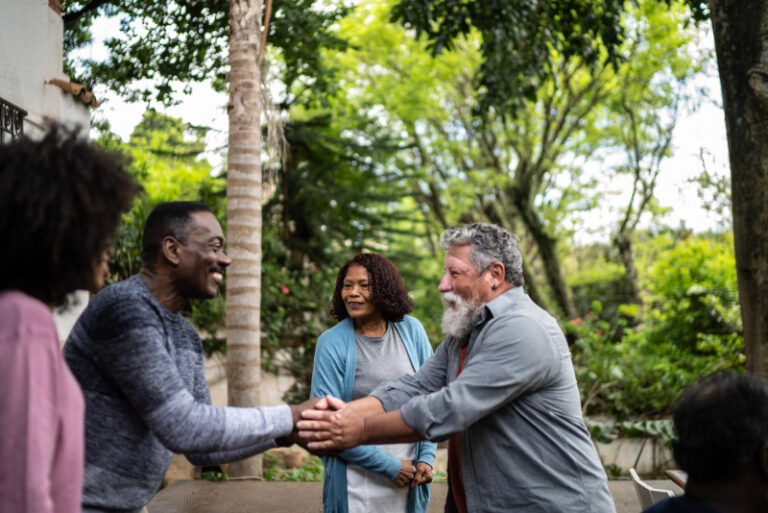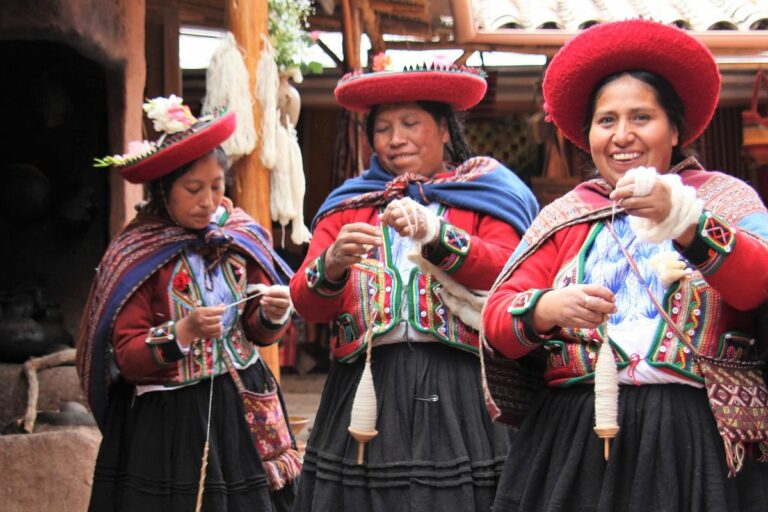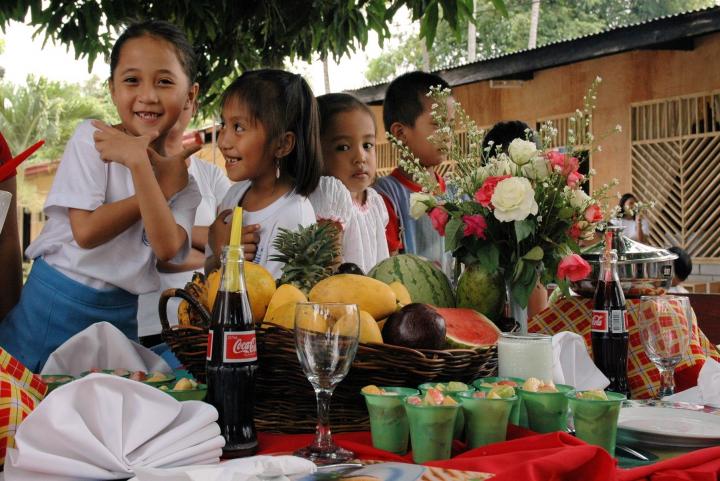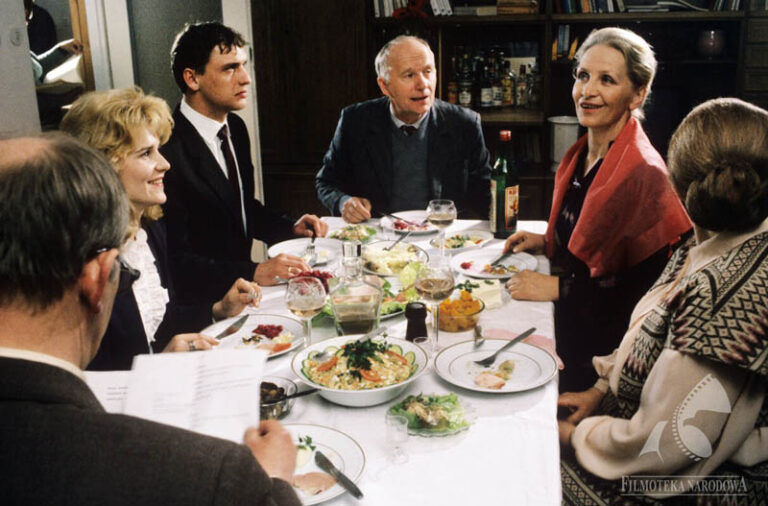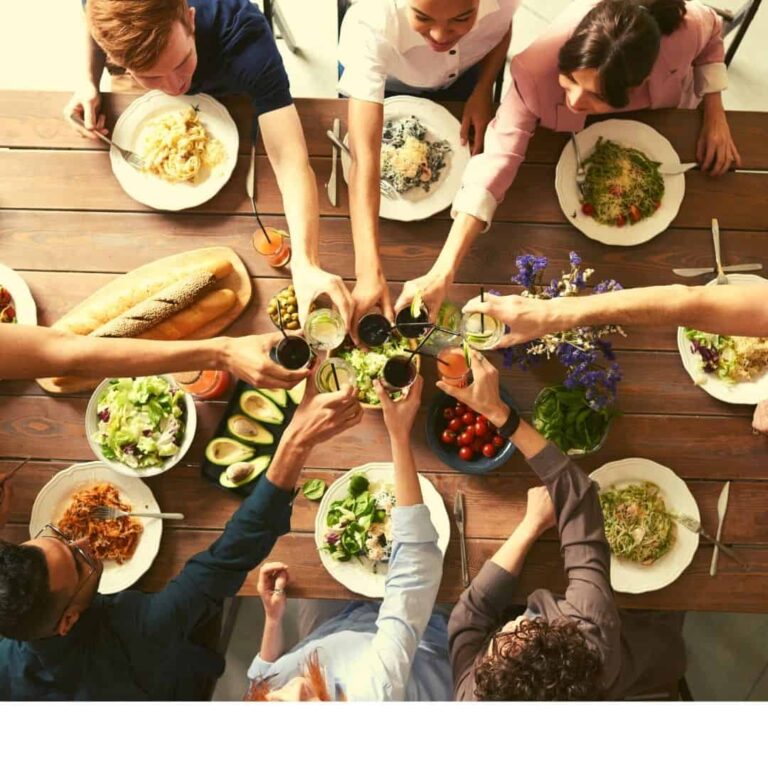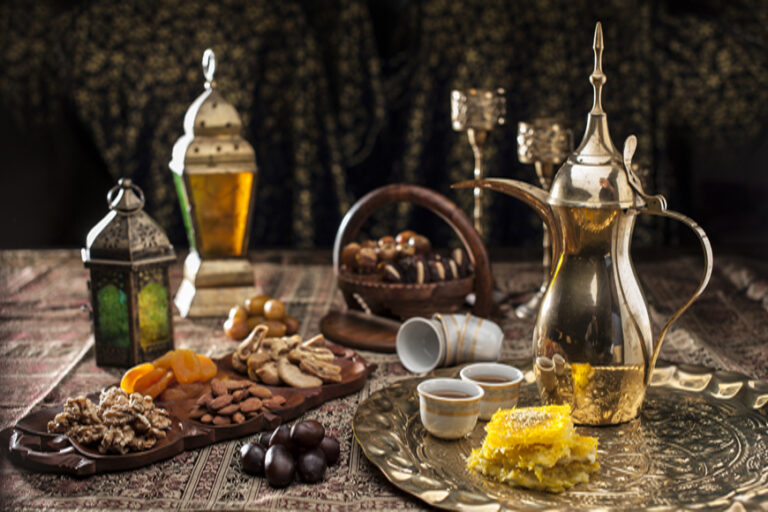Introduction: Understanding Palestinian Cuisine and Culture
Palestinian cuisine is a reflection of the country’s rich history and culture. The food is a blend of different influences that have evolved over centuries, resulting in a delicious and unique culinary experience. Palestine’s cuisine is characterized by its use of fresh vegetables, herbs, spices, and grains. The dishes are often simple but flavorful, highlighting the natural taste of ingredients.
Palestinian culture is deeply rooted in hospitality, family values, and traditions. Meals are an essential part of social life, and food is considered an expression of love and generosity. Therefore, dining in Palestine is not just about eating but also about building relationships and connecting with people on a deeper level. Understanding the customs and etiquette of Palestinian dining is crucial to fully appreciate the cuisine and culture.
Mealtime Traditions: What to Expect When Dining in Palestine
In Palestinian culture, meals are usually shared with family and friends. It is common for hosts to serve large portions of food, and guests are expected to take second and even third helpings. The concept of sharing food is essential in Palestinian culture, and it is considered impolite to refuse an offer of food or drink.
Palestinian meals typically start with a variety of appetizers, including hummus, baba ghanoush, and tabbouleh. The main course usually consists of meat or vegetable dishes, served with rice or bread. Desserts like baklava, knafeh, and ma’amoul are also popular. It is common to drink Arabic coffee or tea after the meal.
Table Etiquette: Dos and Don’ts When Eating with Palestinians
When dining with Palestinians, it is essential to observe some basic table etiquette. Guests should wash their hands before the meal, and it is customary to eat with the right hand only. Passing dishes to the left is considered rude, as the left hand is traditionally used for personal hygiene. It is also impolite to start eating before the host or to leave food on the plate.
In Palestinian culture, it is customary to express gratitude for the hospitality and generosity of the host. Guests should thank the host several times during the meal and compliment the food. Burping at the table is not considered impolite, but blowing one’s nose is. It is also important to refrain from discussing sensitive topics like politics or religion during the meal.
Host-Guest Relationship: The Importance of Hospitality in Palestinian Culture
Hospitality is a fundamental aspect of Palestinian culture and is deeply ingrained in social interactions. Palestinians take great pride in their hospitality and generosity, and guests are treated with utmost respect and kindness. The host is expected to provide an abundance of food and drink, and guests are expected to eat heartily and enjoy the meal.
In Palestinian culture, it is customary for the host to offer their guests the best food and drink available. Guests are often served before the host, and their needs are taken care of before the host’s. Refusing an offer or not eating enough is considered impolite and may offend the host.
Special Occasions: Celebrating with Food and Festivities in Palestine
Food is an integral part of Palestinian celebrations and special occasions. Weddings, religious festivals, and family gatherings are often marked by a feast of traditional dishes, music, and dance. The menu for these occasions is often elaborate, featuring a variety of dishes like roasted lamb, stuffed vegetables, and rice pilaf. Special desserts, like qatayef and halawet el-jibn, are also served.
In Palestinian culture, the act of sharing food is a way of celebrating friendship, family, and community. Therefore, special occasions are marked by an abundance of food, and guests are expected to eat heartily and enjoy the meal.
Regional Variations: How Palestinian Cuisine Varies Across the Country
Palestinian cuisine varies across the country, with each region having its unique dishes and flavors. The coastal regions, for example, have a strong seafood culture and feature dishes like grilled fish and shrimp. The cuisine of the North is heavily influenced by Turkish and Syrian cuisine and features dishes like kibbeh and maqluba. The cuisine of the South is characterized by its use of spices and herbs and features dishes like mansaf and musakhan.
In conclusion, Palestinian cuisine is a reflection of the country’s rich history and culture. Dining in Palestine is not just about eating but also about building relationships and connecting with people on a deeper level. Understanding the customs and etiquette of Palestinian dining is crucial to fully appreciate the cuisine and culture.



